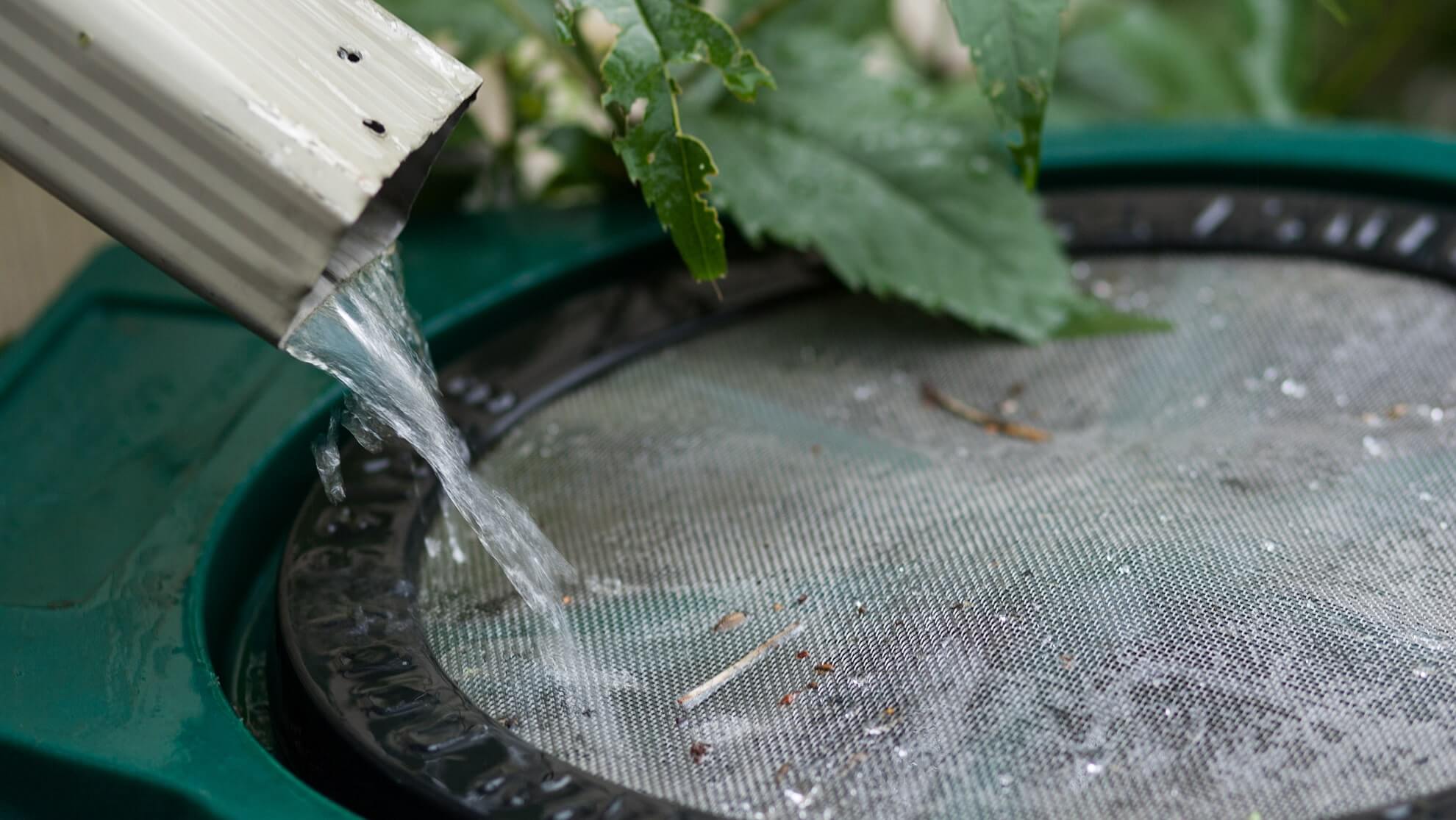While there are several watering methods you can use, some are more effective than others. Here’s a closer look at the top techniques, and the pros and cons of each.
Many newcomers have arrived to San Antonio lately from all corners of the world, and many are first-time homeowners, too. One of the first things they do is reach out to us for information on watering and the best methods in which to do it.
While there are several options for watering, some are more effective than others. These options include: hand-watering with a hose, soaker hoses, sprinklers (both hose-end and in-ground), drip irrigation and container watering.
Let’s take a closer look at them and learn the pros and cons of each.
Hand-watering with a hose-end sprayer is arguably the simplest, most effective way to water, especially when done using a water wand with a shut-off valve. The key is to keep it low and slow, allowing the water to soak in. Repeat over an area several times to thoroughly soak the soil. During watering restrictions, hand watering is allowed at any time, on any day.
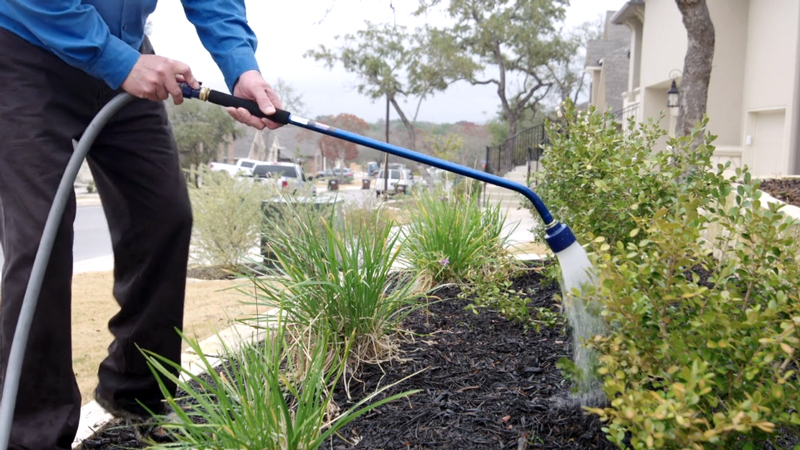
Soaker hoses are reconstituted rubber hoses or flat green hoses with numerous holes throughout. Unlike drip hoses, soaker hoses are unpressurized tubes that emit water unevenly along the length of the hose. Soaker hoses are unreliable and short-lived; for that reason they are grouped with sprinklers and allowed once-a-week use during watering restrictions.
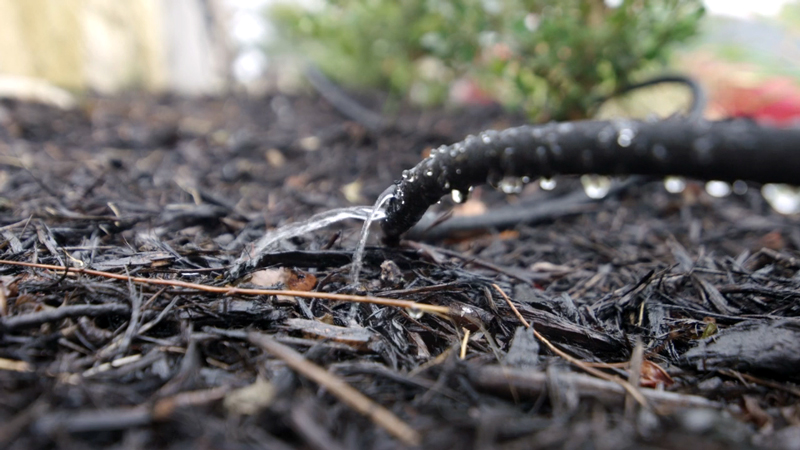
Hose-end sprinklers are a good way to water the landscape as they are mobile and operated by you. In other words, you decide when and where to use them. My personal favorite — and most effective — are the three-armed twirling sprinklers.
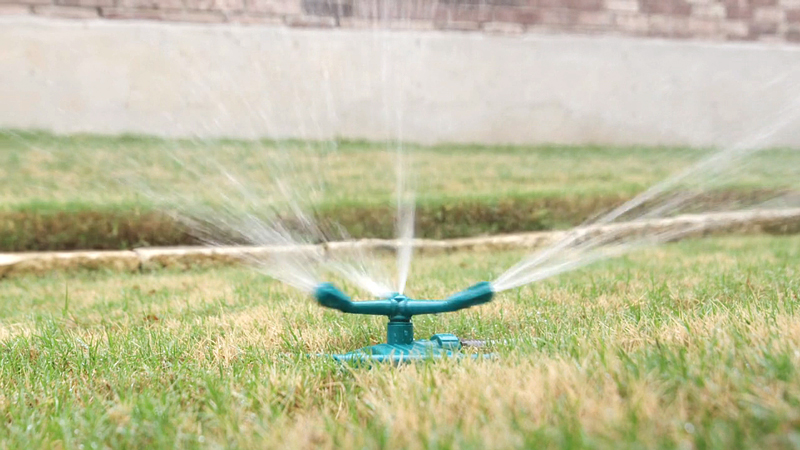
In-ground sprinkler systems are certainly convenient, but not very conservation oriented. Older systems often water before, during and after rainfall and apply the same amount regardless of the season. Newer systems feature smart controllers that combine weather stations with algorithms to determine the proper amount of water for different plants, soils and seasons. The newest systems are WiFi and smart phone compatible.
There are two distinct problems with in-ground systems: they cannot use weather forecasts to determine watering needs and they can (and will inevitably) fail to operate properly.
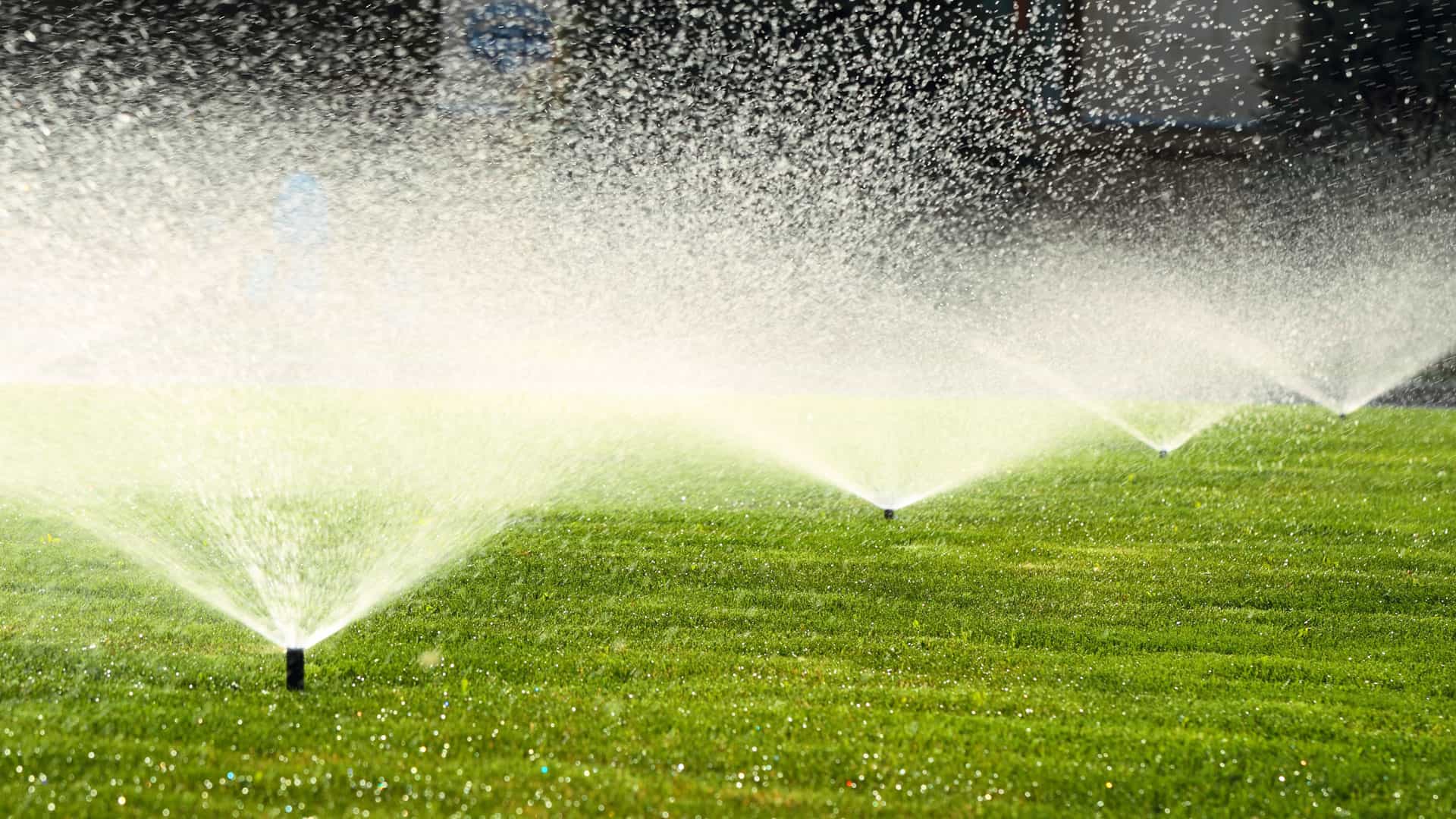
Drip is a form of in-ground irrigation, but also can be just a spigot and hose unit. Another separation is that drip irrigation can be point source, which uses emitters attached to small tubes located at individual plants, or in-line emitter tubes that utilize uniformly pressurized tubes to distribute water evenly through the entire length of tube.
The common misconception is that drip irrigation saves water. It can, but only when it is designed and scheduled properly. Unfortunately, even professional irrigators are woefully ignorant on how to design and schedule drip irrigation to provide effective watering and maximum conservation. Learn from our experts how to convert in-ground spray heads to drip irrigation.
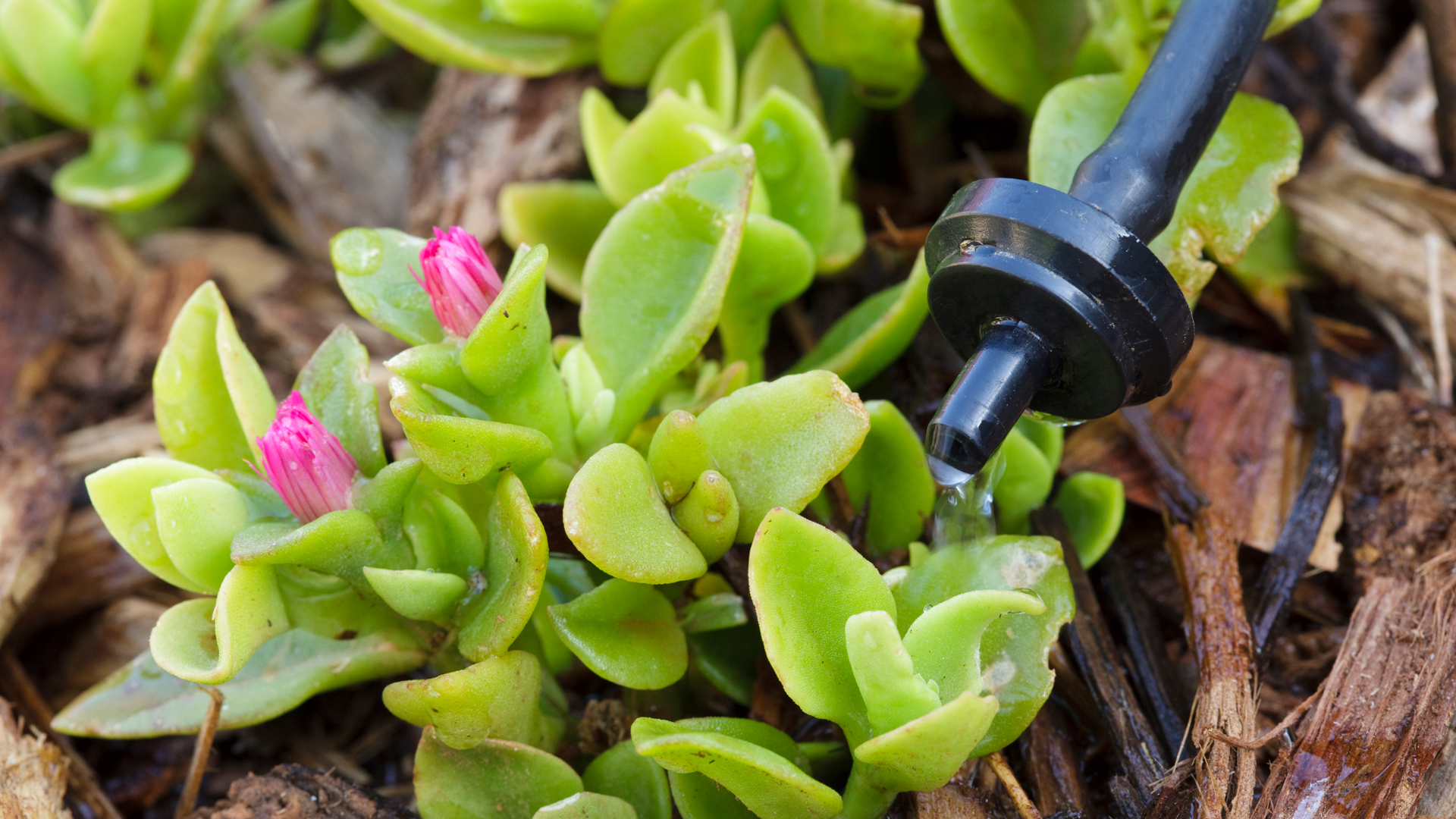
Container watering is simply using buckets, barrels or plastic tree bags. While useful, these can all be somewhat laborious. But like hand-watering, using containers to water can be done any time, on any day during watering restrictions.
